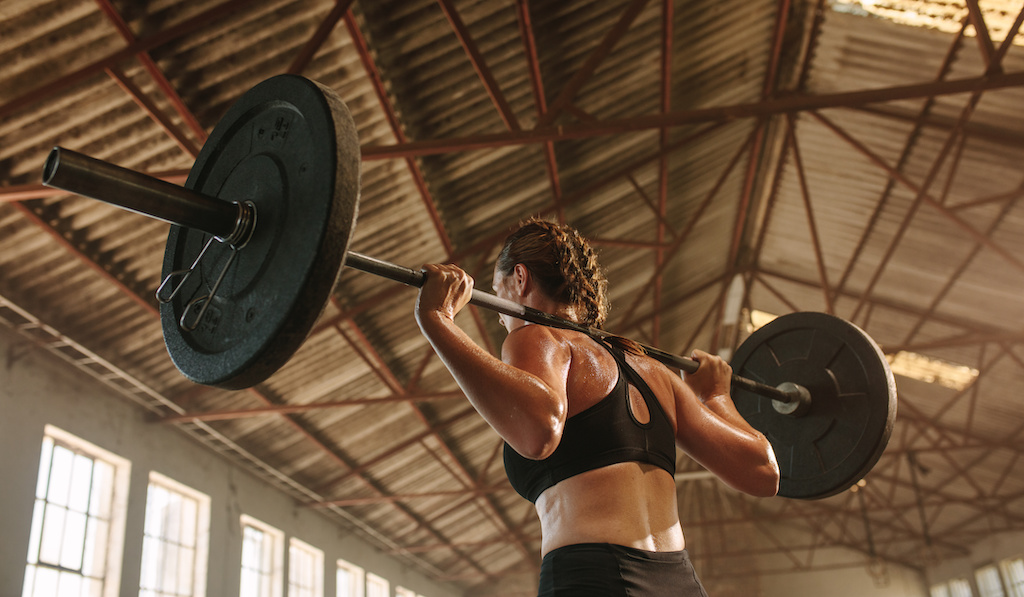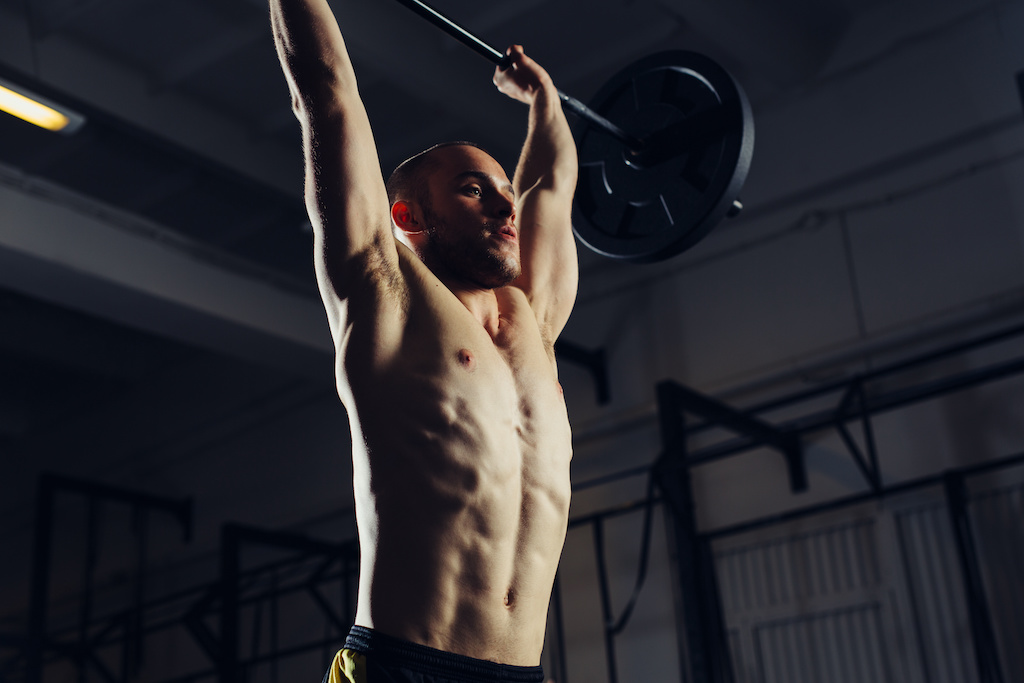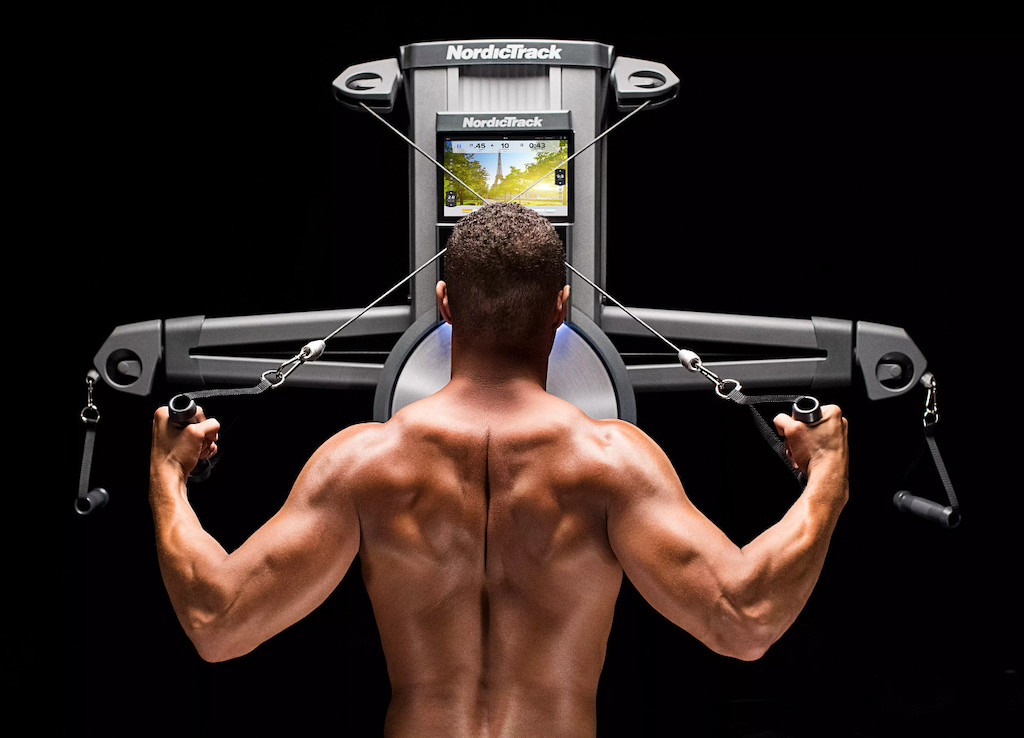This week, let’s continue our tour of the Olympic disciplines with weightlifting. Combining physical and mental strength, this activity has some exceptional athletes. Follow the young hopefuls and favourites in Europe on social media. We also offer you an introduction to weightlifting in the form of a cross-training challenge to give you the chance to experience the same excitement as your favourite athletes over the course of 4 weeks.
Weightlifting: Physical and Mental Strength of Steel

Weightlifting events are among those that elevate Olympic athletes to the level of heroes. Who hasn’t been breathless when they see a weightlifter lift more than twice their weight above their head? This extremely demanding discipline requires excellent concentration skills and, of course, phenomenal physical strength.
During the 2021 Tokyo Olympics, the weightlifting events will take place at the Tokyo International Forum. The discipline has two major events:
- The snatch, which consists of lifting a bar placed on the ground above one’s head in a single movement without touching the floor with any part of the body other than the soles of one’s feet.
- The clean and jerk, a movement performed in two steps, first lifting the bar up to the shoulders, then extending the arms and legs to propel the bar above oneself.
For each of these events, the athlete must perform the movement within one minute of being called. They are allowed 3 trials and the bar must not be released before the signal is given. Victory is decided by the total weight lifted.
Here are a few key figures to trace the evolution of this exceptional discipline:
- Between 1896 and 2016, 2,883 athletes competed in weightlifting events at the Olympic Games.
- Of these, only 13% were women.
- 98 male and 98 female athletes will participate in the Tokyo 2021 Olympic Games.
- They are divided into 7 weight categories, which are different for men and women.
A Mixed Discipline: Athletes to Follow In Europe

Historically, China and Russia have had the most Olympic victories in weightlifting. Nevertheless, this mixed discipline has some great athletes in different weight categories in Europe. Follow the European weightlifters on social media networks:
- Lidia Valentin Perez for Spain, who is aiming for gold in Tokyo in the under 75 kg category after winning 3 Olympic medals in recent years: follow her exploits on her Facebook account.
- Dora Tchakounte (@ffhalterophilie.musculation), a French champion in 2016 and 2018 in the under 58 kg category.
- Jürgen Spieß for Germany, who has distinguished himself at the 2016 Rio Olympics in the over 105-kilo category: follow his journey on Instagram (@german_weightlifting)
- Charlotte Neale (@CharlotteNeale_), a British weightlifter who’s several times British champion in less than 55 kg
- Chris Murray (@chris.j.murray), a British weightlifter in the under 85 kg category with 3 participations in the European championships in 2019
- Lasha Talakhadze (@talakhadzelasha_official), a Georgian weightlifter of over 109 kg who holds the record for the heaviest weight lifted in Olympic qualifications with 484 kg in total during the 2 events of the 2019 World Championships in Pattaya, Thailand.
Cross-Training Challenge: Weightlifting Just Like In the Olympics

What does the physical preparation of a weightlifter look like? In addition to technical movements such as the snatch or the clean and jerk, athletes follow a full-body weight-training programme. How about a 4-week cross-training challenge to develop your strength and power and, who knows, practice weightlifting afterwards in the best conditions?
The challenge consists of working all parts of the body, adapting the exercises according to the equipment you have at home: without equipment, with free weights or with special strength and cardio fitness equipment such as the Fusion CST.
Compose a typical session with 5 exercises, making sure to include at least one isometric exercise, one exercise focused on the upper body, one focused on the lower body and one with a jumping movement such as Jumping Jack or burpees. Make sure that the movements follow each other closely to create a training circuit that is easy to execute. In the first week, do one circuit a day, in the second week, one more, etc. You can also adjust the speed of the sets or the duration of the core exercises in a progressive manner. Plan one rest day per week.
Are you already practising weightlifting? Incorporate your technical movements at the beginning of your muscle-building sessions to benefit from the momentary gain in power brought about by lifting a weight.
Check out our Fitness & Training page for more advice.
